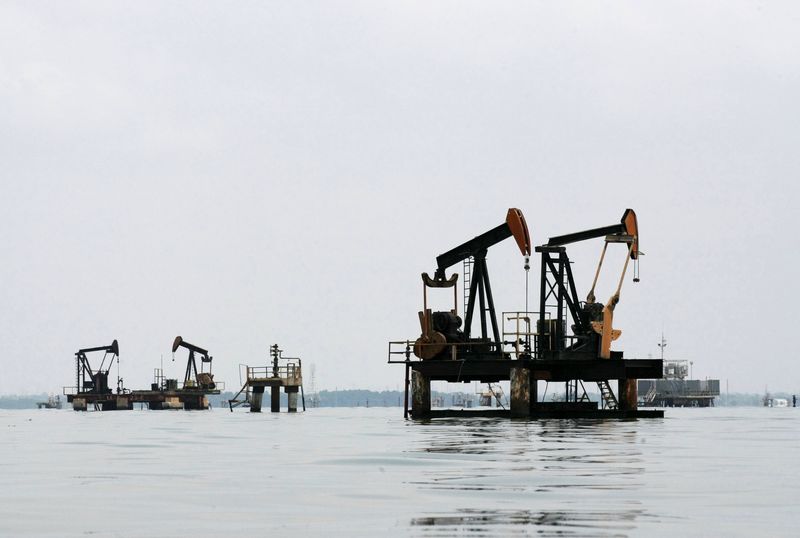Woodside Energy and Santos are in preliminary talks to create an A$80 billion (US$52 billion) global oil and gas giant.
This move mirrors the global trend of consolidation among oil and gas producers, driven by the need to adapt to decarbonisation pressures and overcome challenges in growth projects.
The proposed merger would unite Australia's two largest listed oil and gas companies, amalgamating assets that two years ago were split across four companies, including Oil Search and BHP (ASX:BHP) Petroleum.
Santos confirmed these initial discussions in a statement but noted that the merger talks are in their infancy, with no certainty of a transaction materializing. Woodside echoed this sentiment, stating that the discussions are ongoing and confidential.
A potential deal between Woodside Energy $WDS and Santos $STO would create an LNG powerhouse with annual sales of 60 million metric tons. #ausecon #auspol @CommSec https://t.co/QBwOGtS2NJ— CommSec (@CommSec) December 7, 2023
The potential merger is partly fuelled by investor pressure. Santos CEO Kevin Gallagher has openly expressed frustration at the company's stagnating share price and is exploring various options, including divesting the LNG operations. Meanwhile, Woodside, having recently merged with BHP's oil and gas business, confronts obstacles in securing approvals for major projects like the Scarborough venture in Western Australia.
The market responded variably to this news, with Woodside and Santos shares fluctuating amidst a general drop in crude oil prices.
This potential merger is part of a broader pattern observed in the oil and gas sector globally, exemplified by major consolidations like ExxonMobil's acquisition of Pioneer Natural Resources (NYSE:NYSE:PXD) and Chevron (NYSE:CVX)'s deal with Hess in the US.
